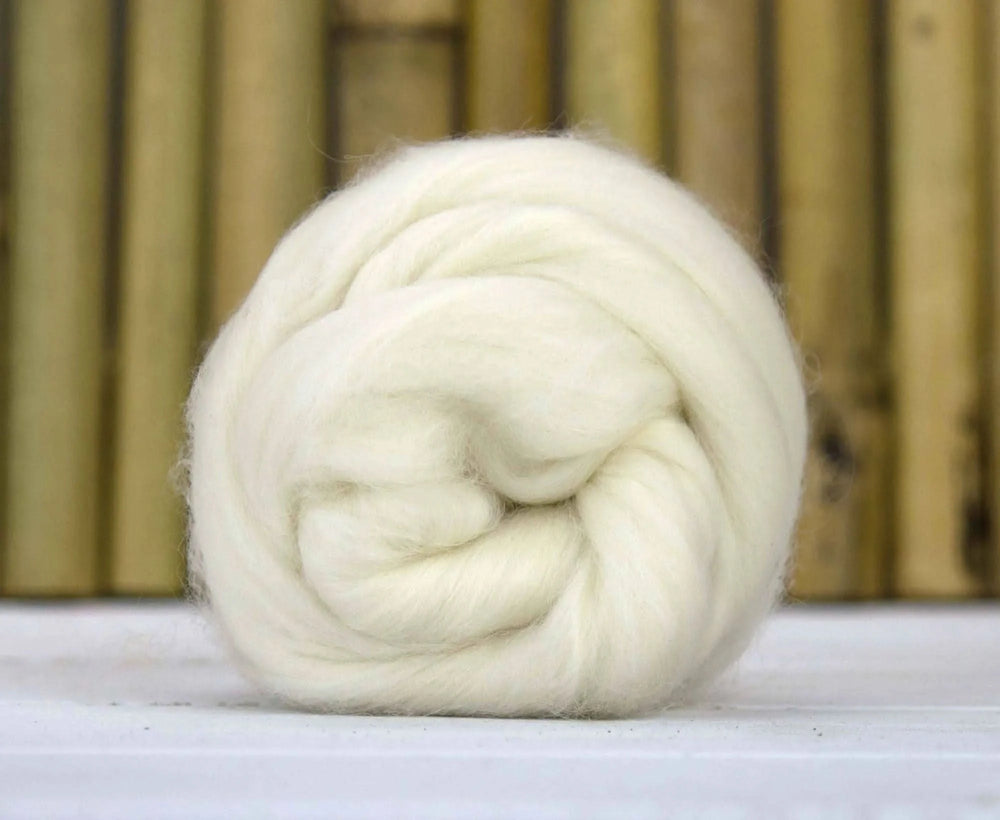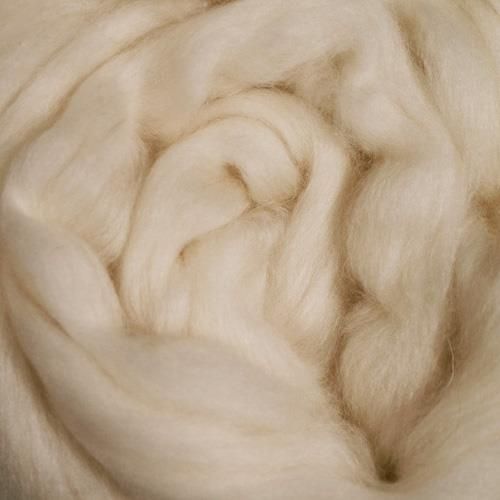Understanding the Distinct Qualities of cashmere fibre for Ultimate Comfort
Understanding the Distinct Qualities of cashmere fibre for Ultimate Comfort
Blog Article
Checking Out the Different Types of Cashmere an All-natural Fiber for Ultimate Luxury
Cashmere, a natural fiber, is typically connected with deluxe and convenience. However, not all cashmere is produced equal. From the richly soft Mongolian range to the light-weight heat of Indian Pashmina, each kind provides its own special attributes and allure. The more affordable Chinese cashmere, the conventional Scottish version, and the high-end Italian blend, all inform a different story of this amazing fiber. As we decipher the world of cashmere, a much deeper understanding of its true value and sophistication starts to emerge.
Recognizing the Glamorous Nature of Cashmere
Cashmere, frequently linked with high-end and convenience, holds a special allure in the world of natural fibers. Unlike various other natural fibers, cashmere combines insulation with breathability, offering unparalleled comfort throughout differing temperature levels. Its glossy coating and soft appearance add to its premium charm, validating the premium rate that typically comes with cashmere garments.
Simply What Is Cashmere and Where Does It Originate from?

Offered these remarkable qualities, one might question the origin and make-up of this glamorous fiber. Cashmere is stemmed from the soft undercoat of cashmere goats, mainly located in Mongolia, China, Iran, and Afghanistan - is cashmere a natural fiber. These goats are adapted to extreme weather conditions, generating an extremely great, soft underfur as a defense versus the bitter cold. This underfur, or undercoat, is what is harvested for cashmere. Each springtime, when the goats naturally shed their wintertime layer, farmers comb the great underhair, leaving the coarser hair behind. This precise procedure adds to the deficiency and high expense of cashmere. With its beginning in the rough landscapes of Asia, cashmere is a testament to nature's capacity to generate high-end from difficulty.
Decoding the Different Kinds of Cashmere
Comprehending the different types of cashmere is crucial to appreciating the quality and distinct attributes of this lavish material. Normally, cashmere is classified into three types: raw, virgin, and recycled. Translating these kinds is the initial step in comprehending the exclusivity and value of cashmere.

The Unique Characteristics of Each Kind of Cashmere
Having actually discovered the different groups of cashmere, it ends up being evident that each type boasts its unique collection of characteristics. Mongolian cashmere, for example, is renowned for its superior high quality, because of Mongolia's extreme winters months that create longer and finer fibers. On the other hand, Chinese cashmere is usually a lot more budget-friendly, though its linked here much shorter fibers can reduce resilience. Scottish cashmere is commemorated for its elegant gentleness, an outcome of the standard water cleaning process making use of Scotland's soft water. Italian cashmere, meanwhile, is renowned for its masterful mixing and tinting strategies, making it vivid and functional. Indian cashmere, likewise recognized as Pashmina, is cherished for its incredible agility and heat. Each kind, hence, adds to the material's track record for deluxe.
Why Cashmere Is the Epitome of High-end in vogue
Cashmere holds a well-regarded setting in the globe of style, related to as a sign of luxury and refinement (is cashmere a natural fiber). Cashmere is derived from the great undercoat of Himalayan goats, recognized for their premium high quality fiber. Cashmere's exceptional convenience and durability make it a sought-after material in the creation of premium garments.
The Refine of Making Cashmere: From Goat to Garment
The trip of cashmere, from being an undercoat of a Himalayan goat to a luxurious garment, is an intricate one. With the arrival of springtime, farmers in Mongolia and China gather the wool by combing the goats, guaranteeing no harm is done. The gotten woollen is composed of rugged outer hair and soft downy undercoat. This blend is then painstakingly divided, with just the soft down utilized for cashmere. This raw cashmere is washed, colored and rotated into yarn. The yarn is after that woven or weaved into materials. The final step involves pushing and cleaning to offer the material its particular gentleness and heat. From goat to garment, each action is a testimony to the creativity, persistence and skill associated with crafting cashmere.

Final Thought
In final thought, cashmere, with its natural beauty and unrivaled comfort, rules supreme worldwide of high-end fashion. The variety in kinds, ranging from the soft Mongolian, lightweight Indian Pashmina, inexpensive Chinese, traditional Scottish, to the vivid Italian, discloses the adaptability of this natural fiber. The scrupulous procedure of changing it Learn More Here from a goat to a garment additionally includes to its exclusivity, making cashmere check my source the epitome of sophistication and luxury.
Cashmere, an all-natural fiber, is usually connected with luxury and comfort (is cashmere a natural fiber).Cashmere, often linked with high-end and comfort, holds a distinct allure in the globe of all-natural fibers. Unlike other natural fibers, cashmere combines insulation with breathability, offering exceptional comfort across differing temperature levels. Cashmere is derived from the soft undercoat of cashmere goats, largely discovered in Mongolia, China, Iran, and Afghanistan. Cashmere is derived from the great undercoat of Himalayan goats, known for their premium high quality fiber
Report this page